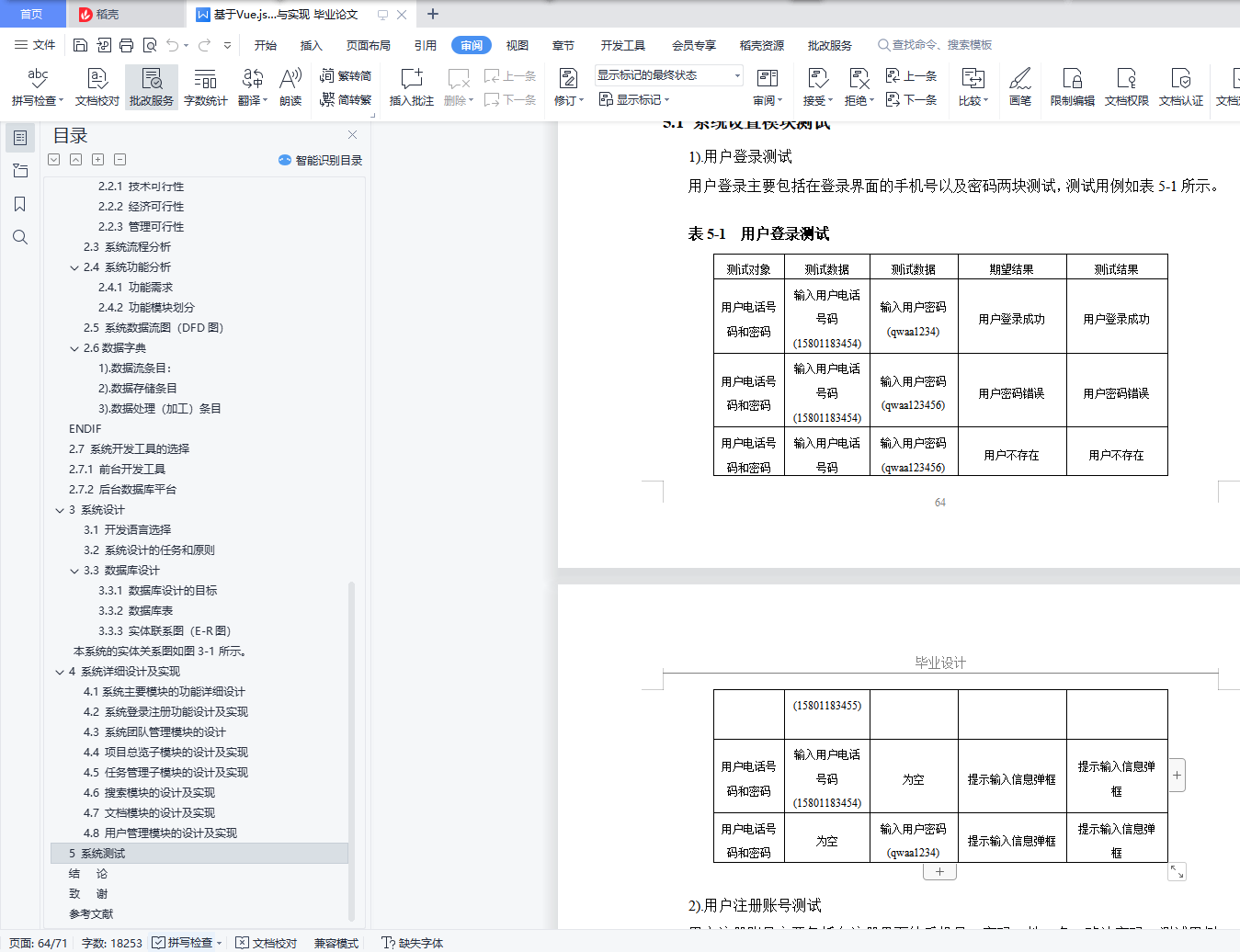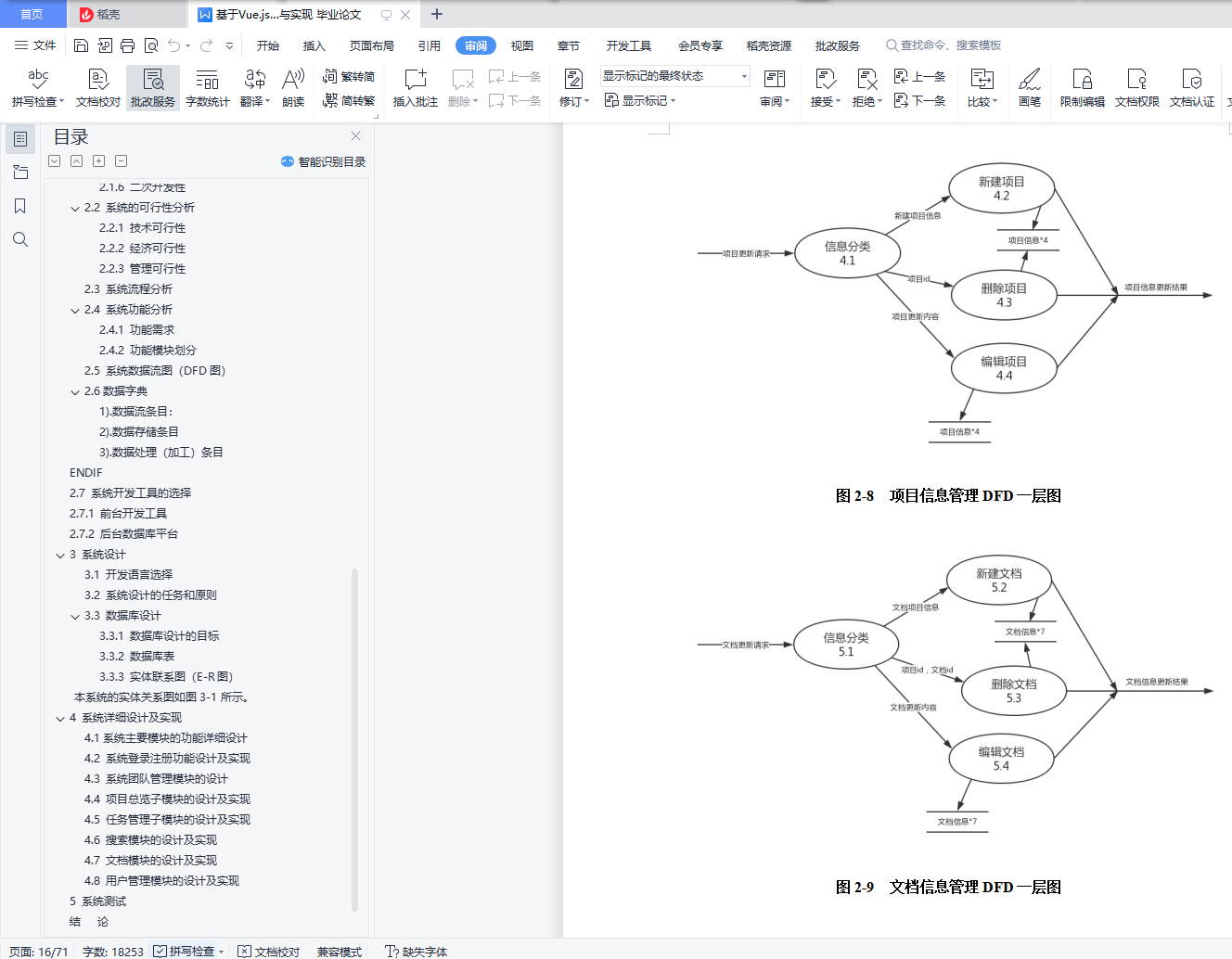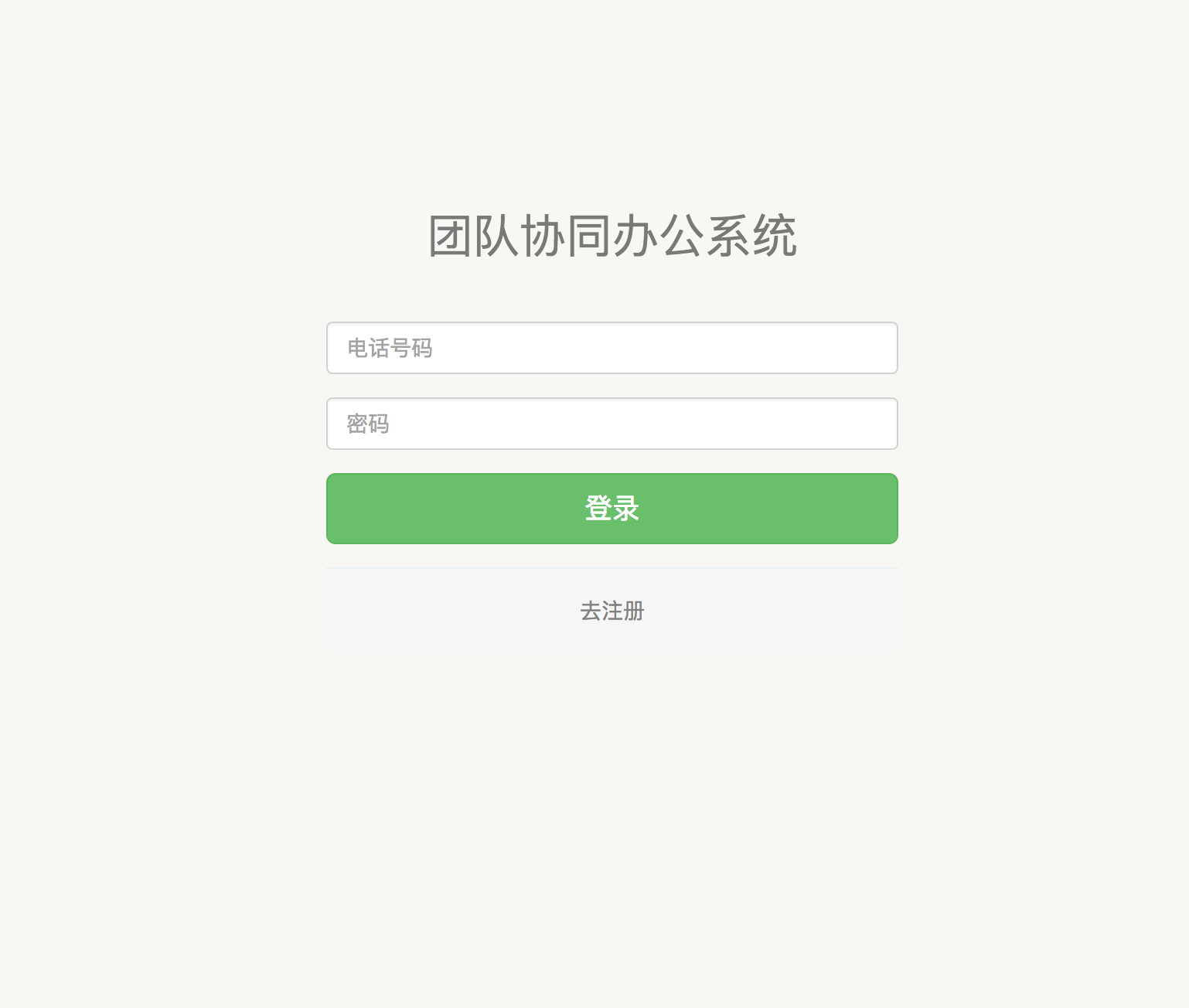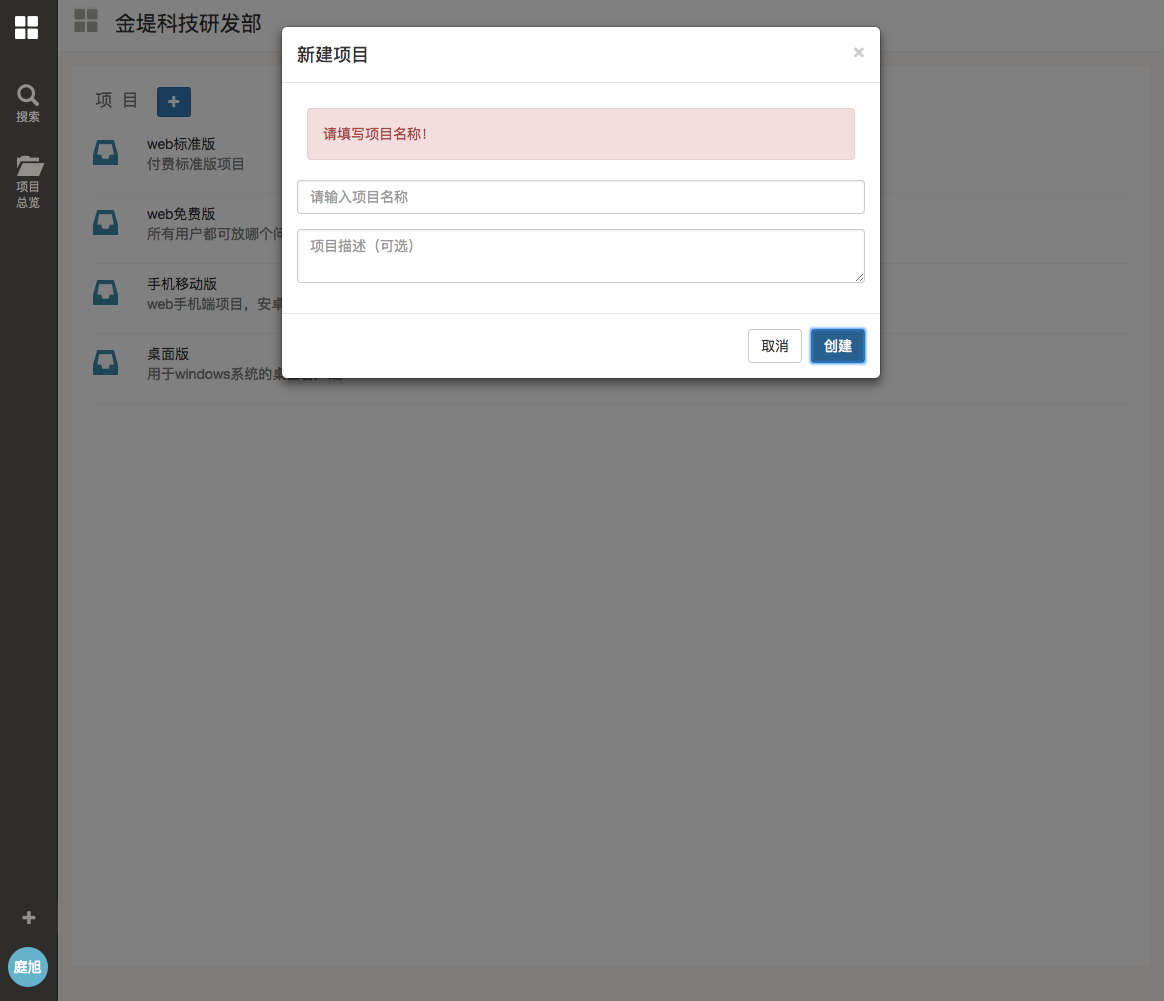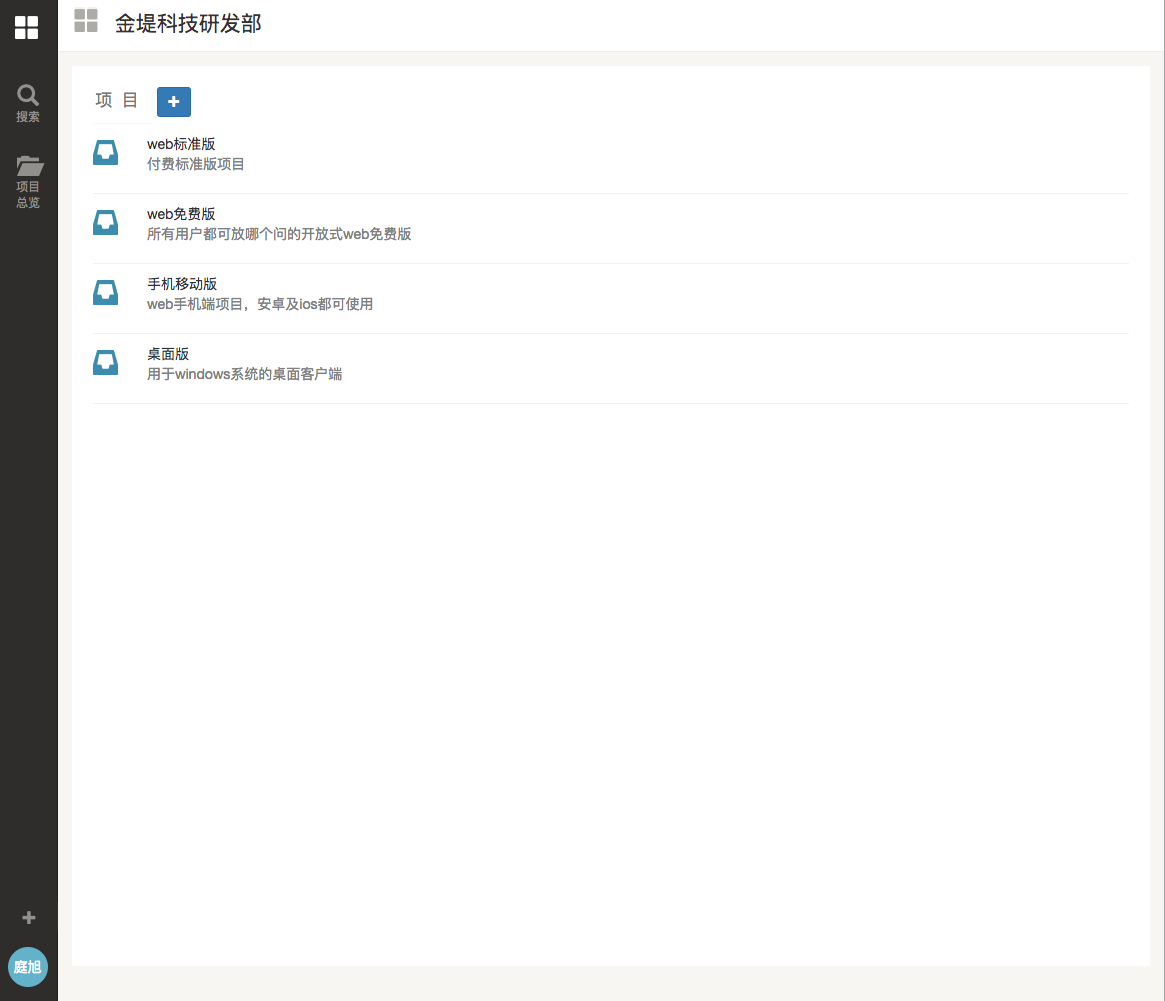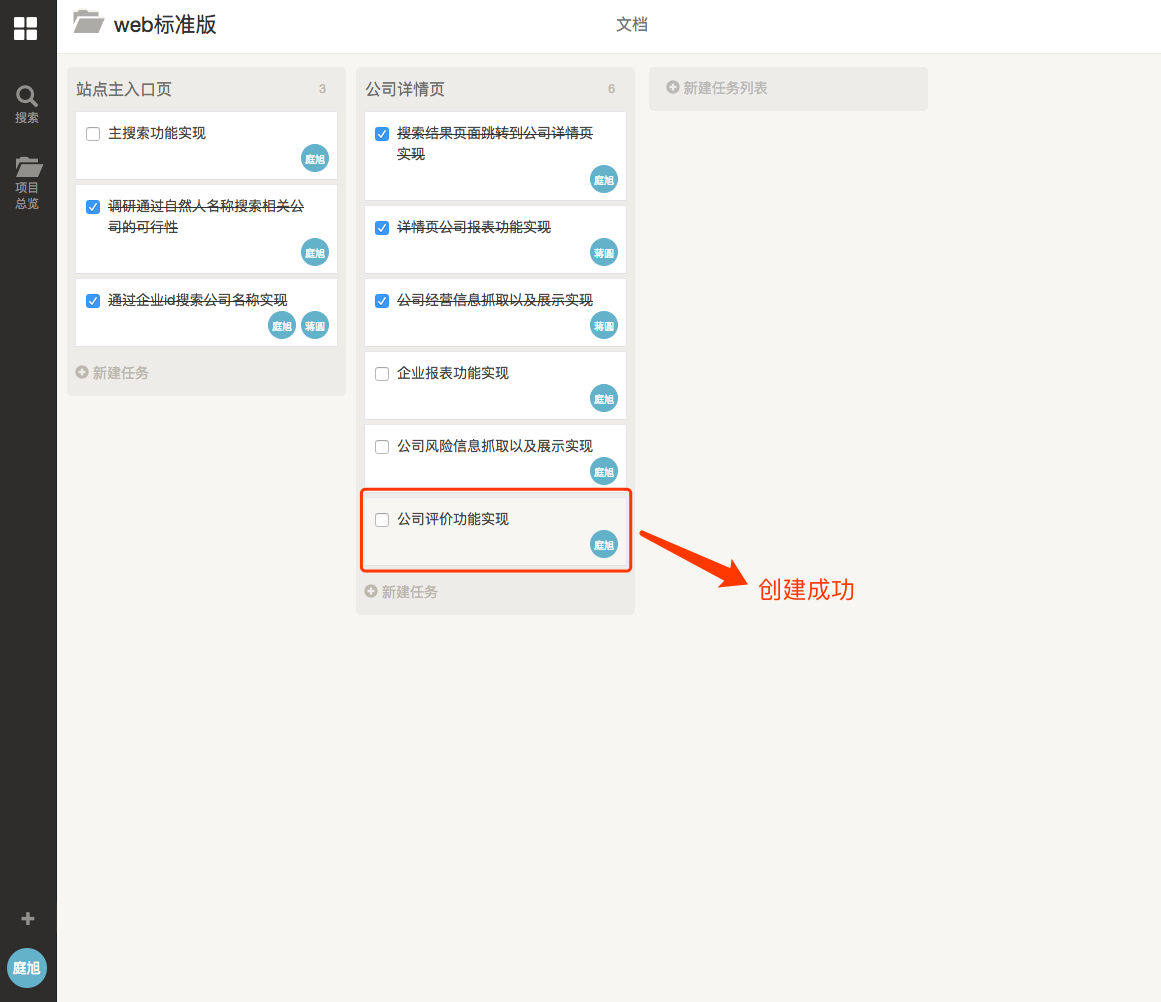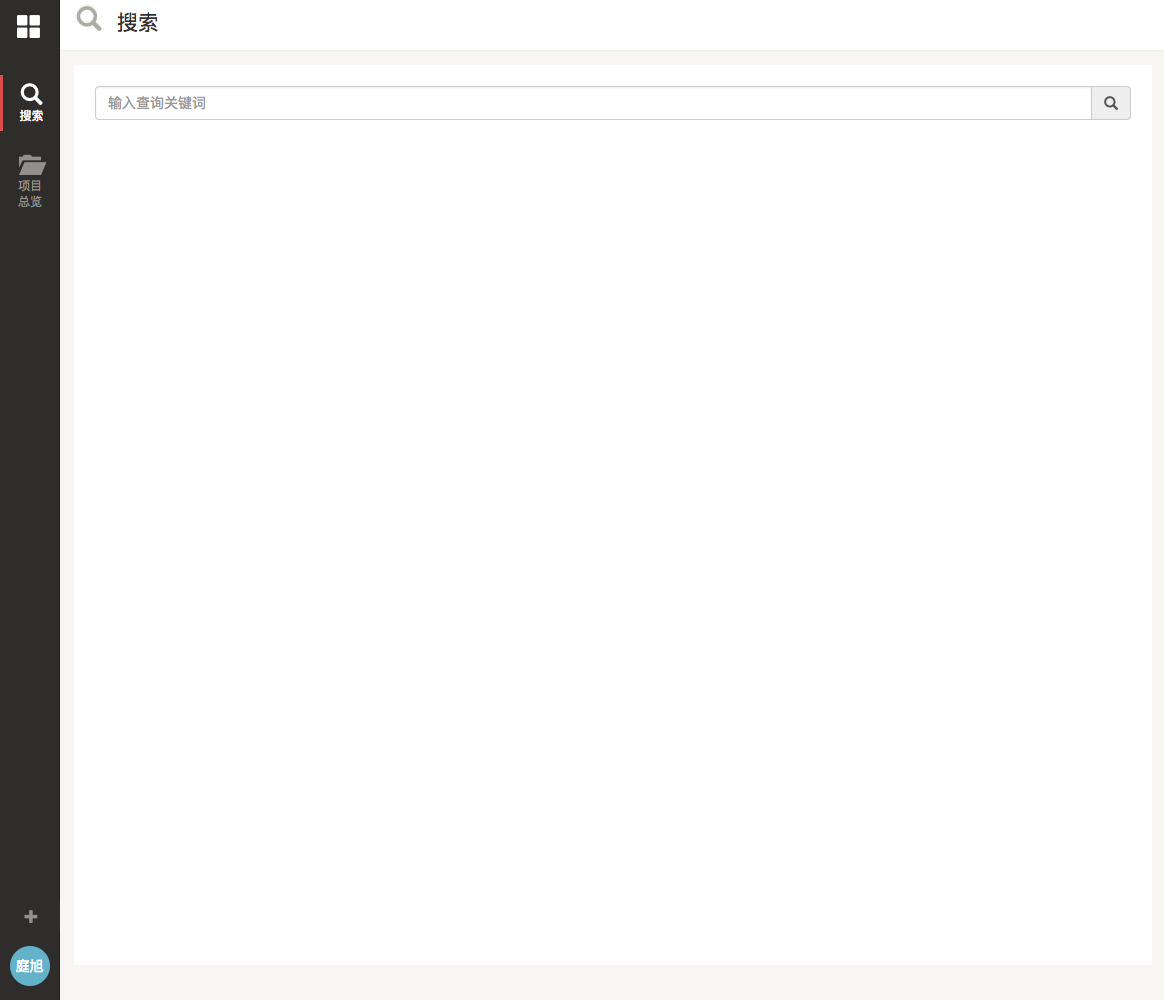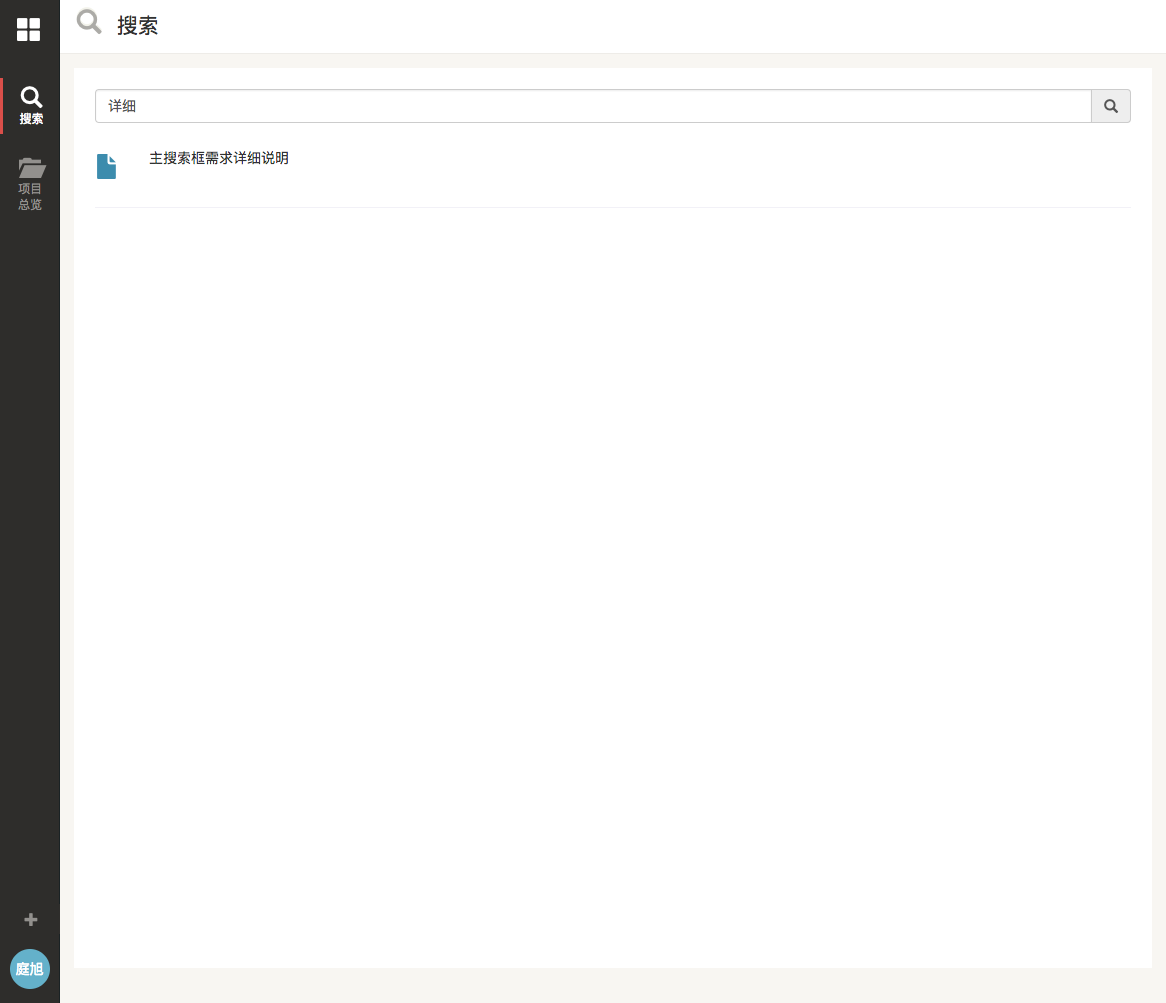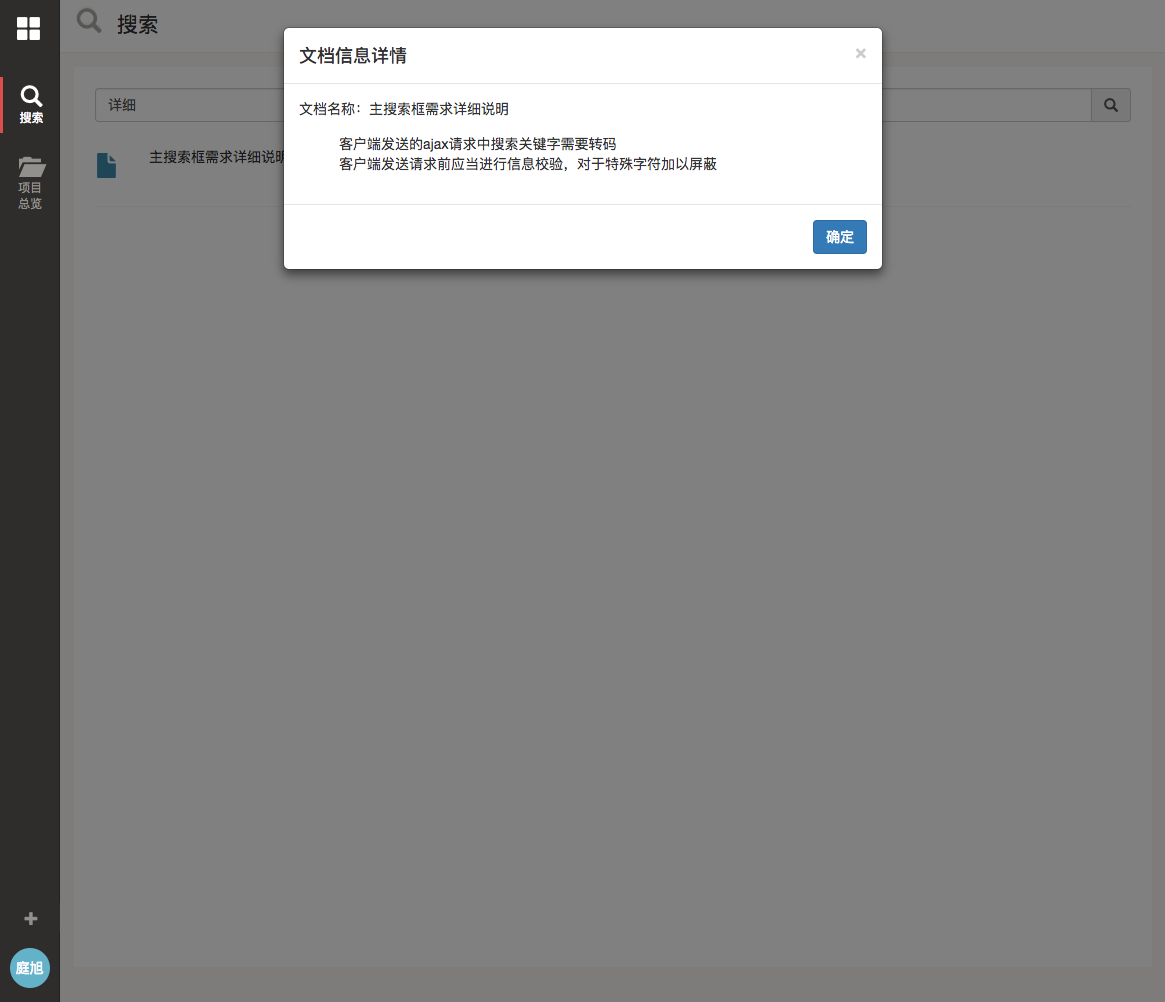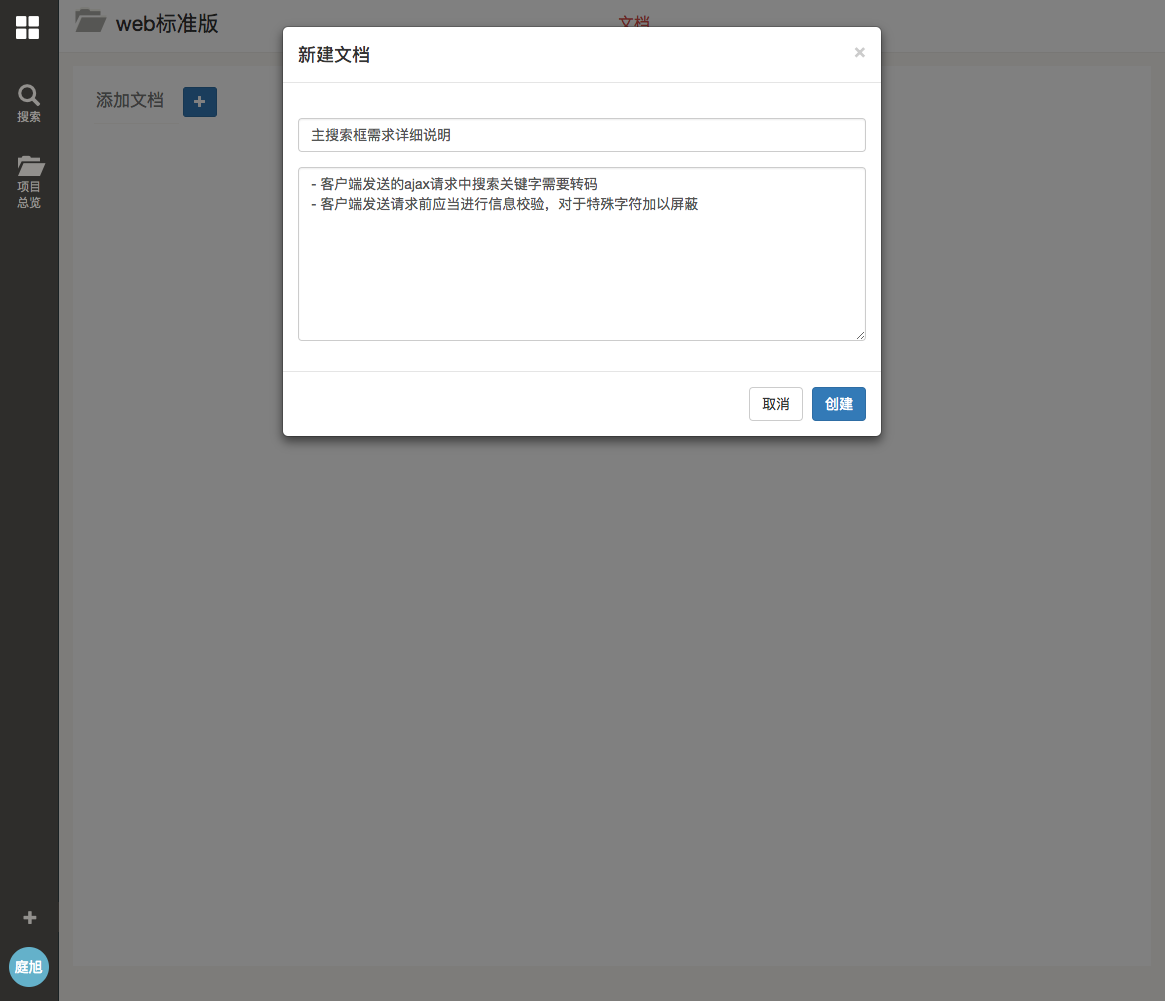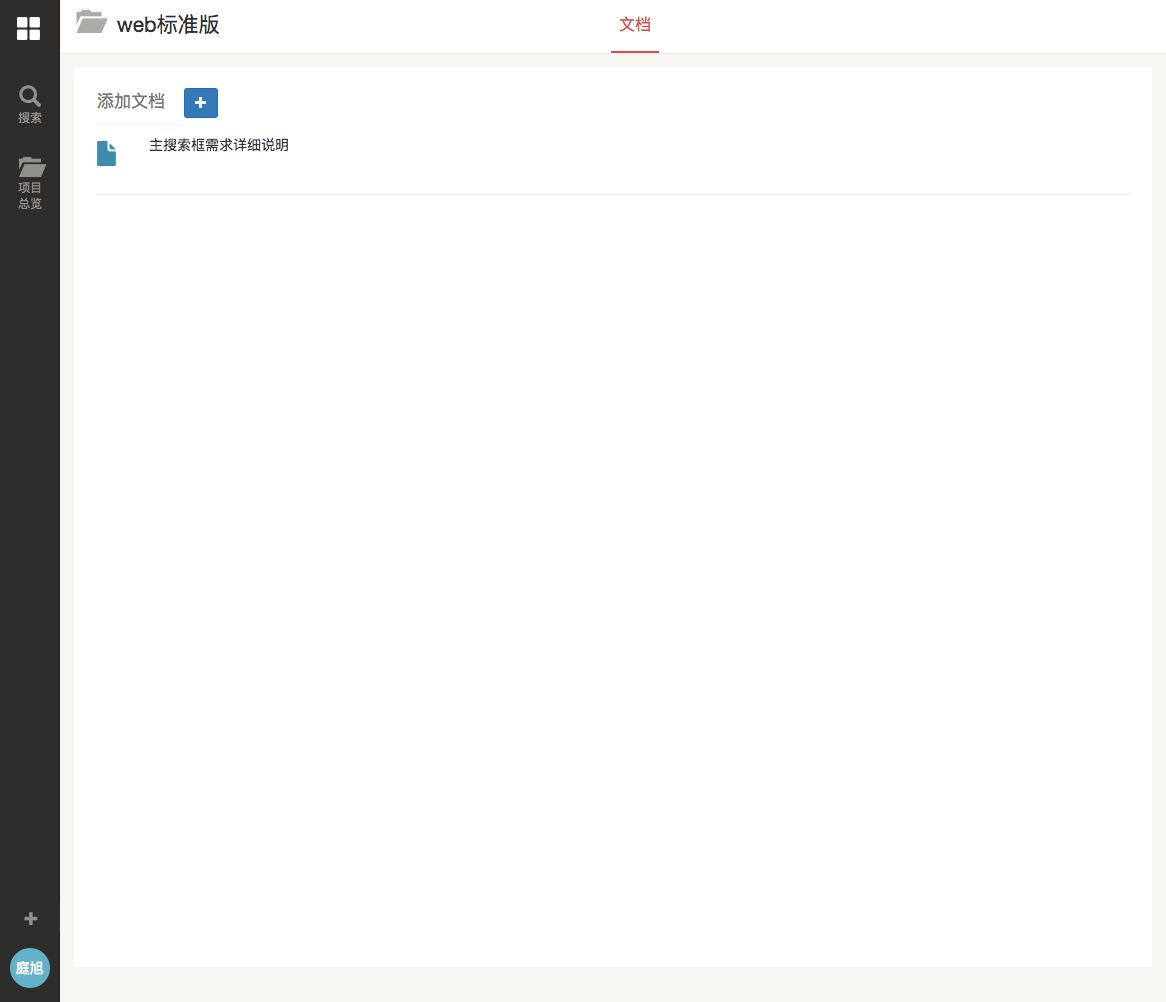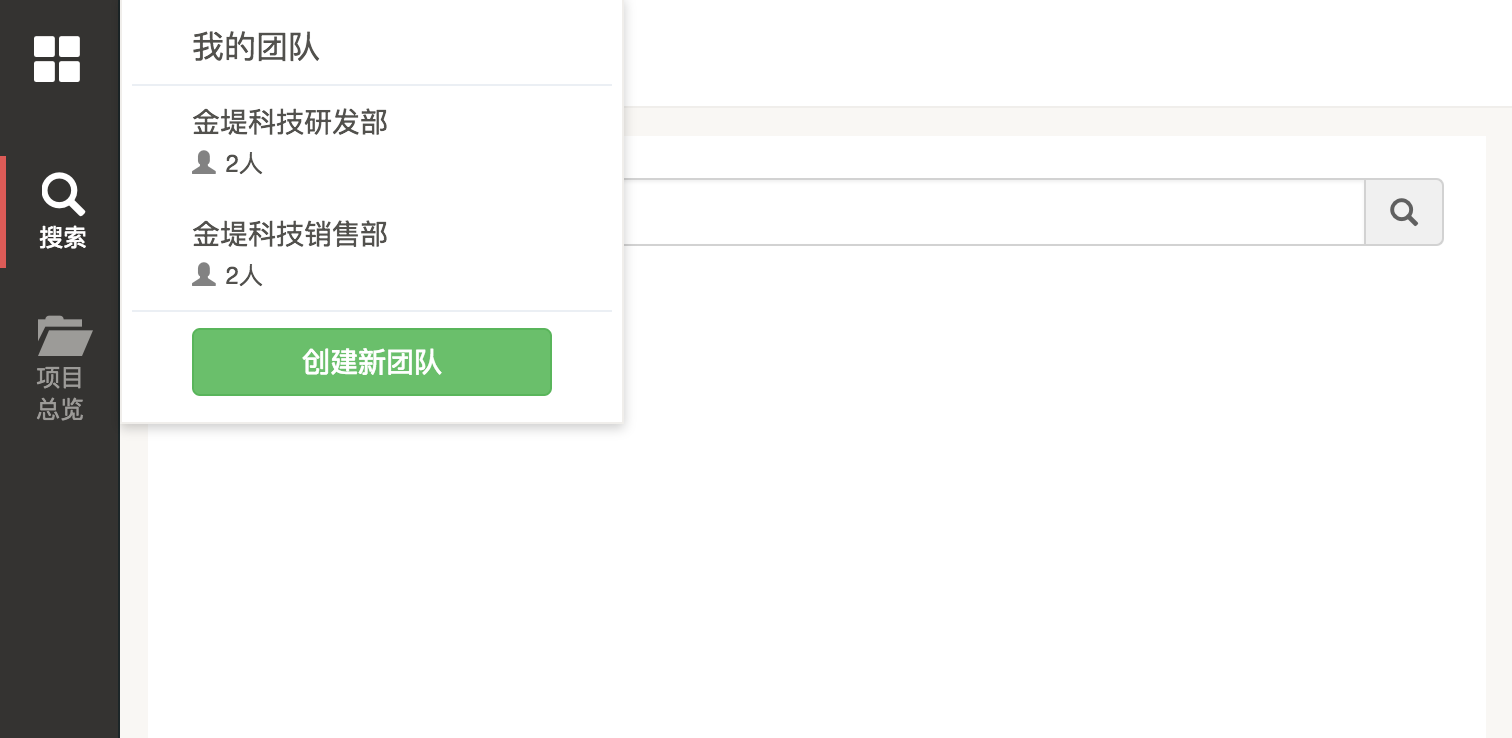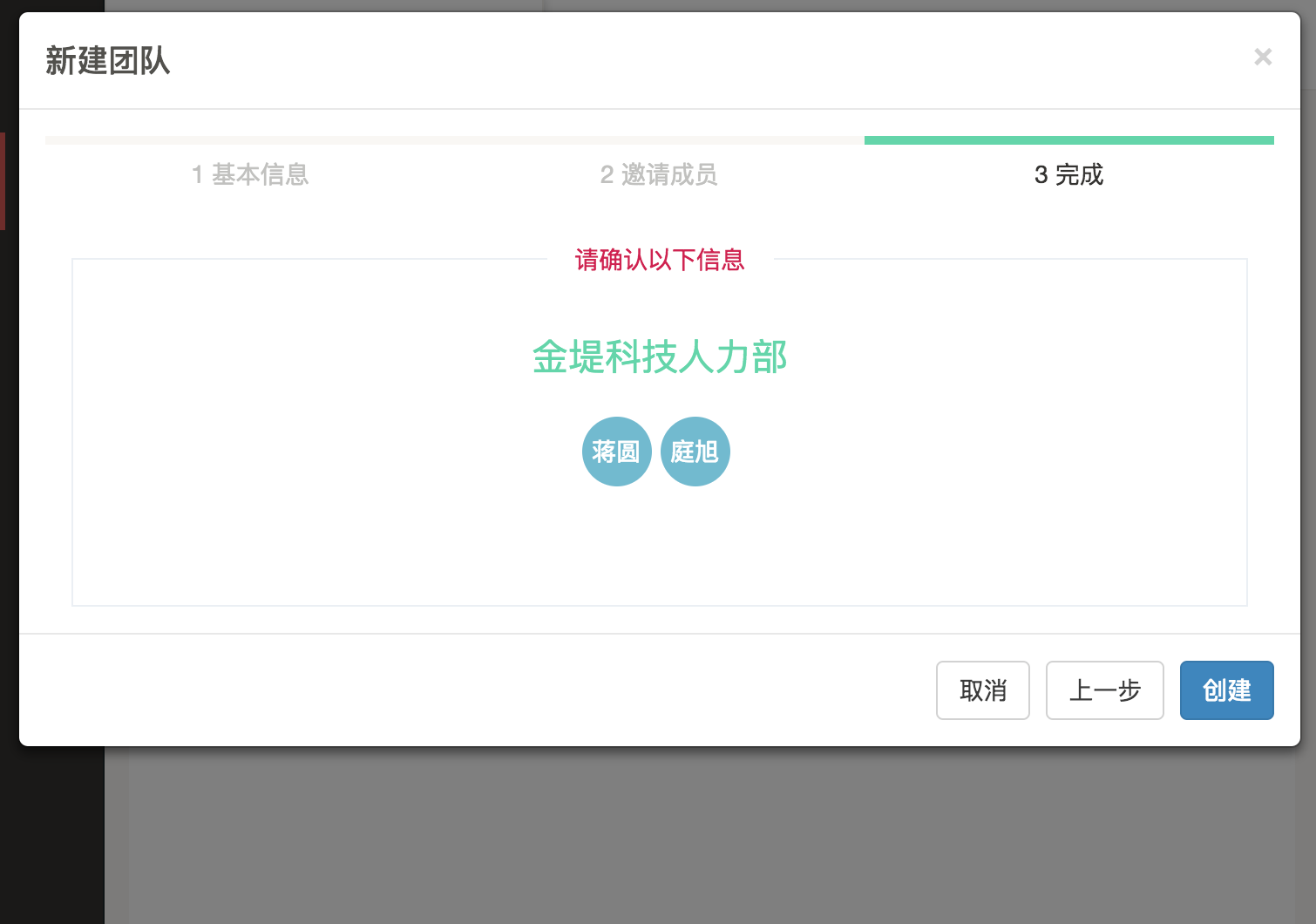摘 要
本作品意在解决某公司各部门小组日常工作的团队合作问题,在团队合作的过程之中,随着时间沉积,任务复杂度上升,任务数量增加等等伴随工作任务指定发配的过程,团队管理的难度会逐渐上升,使得团队管理方面的时间成本投入变高。同时目前市面上的解决方案无法保证企业数据的安全性和隐私性,本软件希望一并解决以上问题。
为了解决以上问题,本软件采用web解决方案,使得所有的企业员工不用考虑跨平台的问题可以在所有主流的操作系统中使用本软件,同时本项目的服务器架在内网环境内以保证公司数据的安全性,可靠性以及私有性。
软件在完全投入生产环境使用后,可以极大的便利各业务小组内部的团队协同管理,任何公司内的员工都可登录系统查看当前团队内的任务内容以及任务的完成情况,使得团队的所有成员对当前的团队工作进度有一个直观且明确的认识,减少团队协作的管理成本以及团队成员对于任务合作的沟通成本。
关键词:团队协作 数据安全 web技术方案
Abstract
This work is intended to solve the team work of Beijing Jindi Technology Co., Ltd. in the daily work of the team cooperation issues, in the process of teamwork, with the time deposition, the task complexity increases, the number of tasks increased, etc. with the task assigned to the distribution Process, the difficulty of team management will gradually increase, making the team management of the time cost of investment is high. At the same time the current market solutions can not guarantee the safety and privacy of enterprise data, the software hopes to solve the above problems.
In order to solve the above problems, the software uses a web solution, so that all employees do not have to consider the cross-platform problems can be used in all major operating systems, the software server at the same time in the internal network environment to ensure that the company data Security, reliability, and privacy.
After the software is fully put into production environment, it can greatly facilitate the coordination of the team within the business team, any company employees can log on the system to view the current team within the task content and the completion of the task, so that all members of the team There is an intuitive and clear understanding of the current team's work schedule, reducing the management costs of team collaboration and the communication costs of team members for mission cooperation.
Keywords: Team collaboration Data security Web technology solutions
目 录
摘 要……………………………………………………………………………………….I
Abstract……………………………………………………………………………………….II
引 言…………………………………………………………………………………………1
1 概述 ………………………………………………………………………………………..2
1.1项目开发背景 ………………….…………………………………………………………2
1.1.1 项目开发单位 ………………………………………….………………………………2
1.1.2项目范围 ………………………………………..………………………………………2
1.2项目开发目的 …………………………………..………………………………………2
1.3项目概述 ………………………………………..………………………………………2
2 系统分析 ………………………………………………………………………………...3
2.1 系统功能需求分析 ………………………………………………………………………3
2.1.1 创建组织 ………………………………………………………………………………3
2.1.2 布置任务 ………………………………………………………………………………3
2.1.3 文档共享 ………………………………………………………………………………3
2.1.4 话题讨论 ………………………………………………………………………………3
2.1.5 数据导出及安全 ………………………………………………………………………3
2.1.6 二次开发性 …………………………………………………………………………4
2.2 系统的可行性分析 ………………………………………………………………………4
2.2.1 技术可行性 ……………………………………………………………………………4
2.2.2 经济可行性 ……………………………………………………………………………5
2.2.3 管理可行性 ……………………………………………………………………………5
2.3 系统流程分析 ……………………………………………………………………………5
2.4 系统功能分析 ……………………………………………………………………………6
2.4.1 功能需求 ………………………………………………………………………………6
2.4.2 功能模块划分 …………………………………………………………………………7
2.5 系统数据流图(DFD图)…………………………………………………………………8
2.6 数据字典…………………………………………………………………………………14
2.7 系统开发工具的选择……………………………………………………………………18
2.7.1 前台开发工具…………………………………………………………………………18
2.7.2 后台数据库平台………………………………………………………………………19
2.7.3 开发环境………………………………………………………………………………19
2.8 环境需求…………………………………………………………………………………19
2.8.1 软件环境………………………………………………………………………………19
2.8.2 硬件环境………………………………………………………………………………20
2.9 软件约束…………………………………………………………………………………20
2.9.1 标准约束………………………………………………………………………………20
2.9.2 技术约束………………………………………………………………………………20
3 系统设计 …………………………………………………………………………………21
3.1 开发语言选择……………………………………………………………………………21
3.2 系统设计的任务和原则…………………………………………………………………21
3.3 数据库设计………………………………………………………………………………21
3.3.1 数据库设计的目标……………………………………………………………………21
3.3.2 数据库表………………………………………………………………………………22
3.3.3 实体联系图(E-R图)…………………………………………………………………25
4 系统详细设计及实现 ……………………………………………………………………29
4.1 系统主要模块的功能详细设计…………………………………………………………29
4.2 系统登录注册功能设计及实现………………………………………………………29
4.3 系统团队管理模块的设计及实现……………………………………………………32
4.4 项目总览子模块的设计及实现 ……………………………………………………36
4.5任务管理子模块的设计及实现 ……………………………………………………40
4.6 搜索模块的设计及实现………………………………………………………………47
4.7 文档模块的设计及实现………………………………………………………………54
4.8 用户管理模块的设计及实现…………………………………………………………58
5 系统测试 …………………………………………………………………………………60
5.1 系统设置模块测试………………………………………………………………………60
结 论……………………………………………………………………………………65
致 谢……………………………………………………………………………………66
参考文献…………………………………………………………………………………...67



